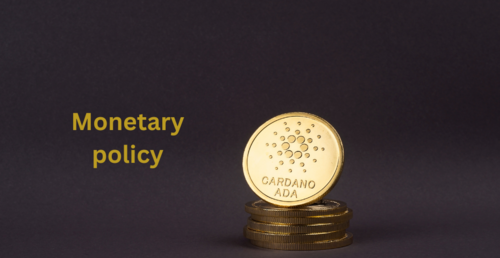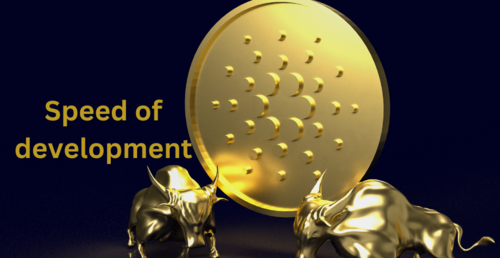
_png%2Cregte.png)
In 2017, Cardano came along as the new kid on the block promising to shake things up with a scalable and efficient blockchain developed with a focus on academic rigour. This was back when questions were being asked about Ethereum’s network efficiency and transaction costs.
Cardano and Ethereum belong to the same group of crypto projects that enable the development of decentralised applications, and build and deploy smart contracts on top of their blockchain.
The original platform for smart contracts, Ethereum is now one of the established ‘old guard’ of cryptocurrency, with huge amounts of capital invested on the platform. But, is Cardano an upgrade? What are the differences in their philosophies and how these protocols operate?

Ethereum recently changed the way in which transactions are verified on its blockchain to a more energy-efficient method known as proof-of-stake, the same method that Cardano uses. Before Ethereum switched to proof-of-stake, it used proof-of-work.

The supply of ADA coins, the native cryptocurrency of Cardano, is capped at 45 billion, which means that no more ADA coins will be created once there are 45 billion in circulation. This adds an element of scarcity to ADA that makes it a better store of value. On the other hand, there is no limit on the future supply of Ethereum coins.

While Ethereum can’t ever be accused of rushing things, Cardano has been notoriously slow in the development of its various services, with Hoskinson arguing that they are comfortable in having all projects first go through a peer-reviewed system instead of rushing to meet deadlines.
There have been five phases of Cardano development since 2017, each phase introducing a new service aspect to the network.

Ethereum is overseen by one entity known as the Ethereum Foundation, whereas Cardano is managed by three independent entities, namely the Cardano Foundation, Input Output Hong Kong (IOHK), and EMURGO.

Cardano emphasises a research-driven approach to design, aiming to build a foundation based on academic research, an approach it believes will help fuel the adoption of Cardano.
Ethereum has left most of the power in the hands of developers that use Ethereum as a kind of global computer, giving them the ability to create new kinds of digital applications and decentralised products.
To Invest in Crypto, click HERE
Please note that the information in this article is not intended nor does it constitute financial or investment advice. Before making any decision or taking any action regarding your finances, you should consult a licensed Financial Adviser. The information and content provided is provided as general information. While every care and effort has been taken to ensure the accuracy
.jpg)
About: Andries vanTonder
Over 40 years selfemployed
He is a Serial Entrepreneur, an Enthusiastic supporter of Blockchain Technology and a Cryptocurrency Investor
Find me at my Markethive Profile Page | My Twitter Account | My Instagram Acount | and my Facebook Profile.
